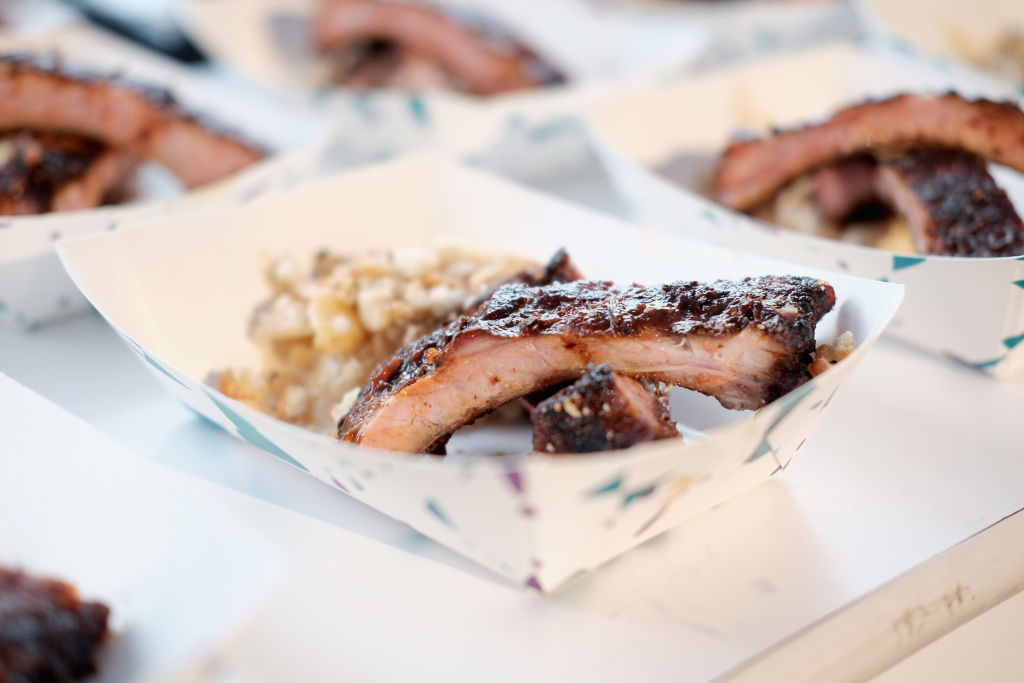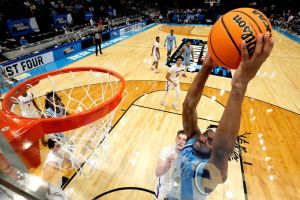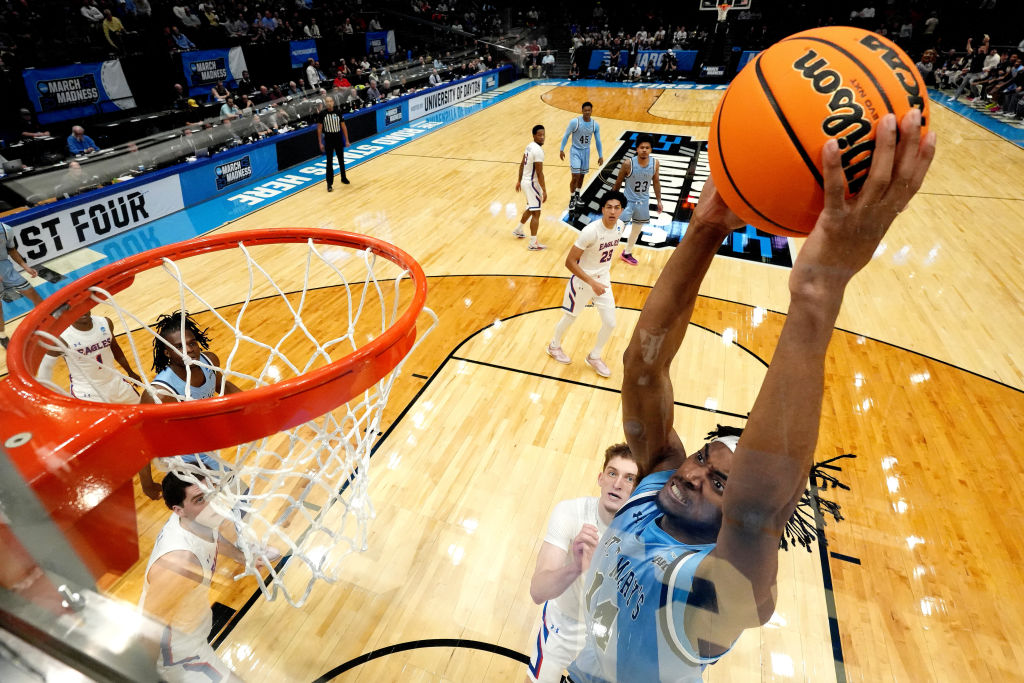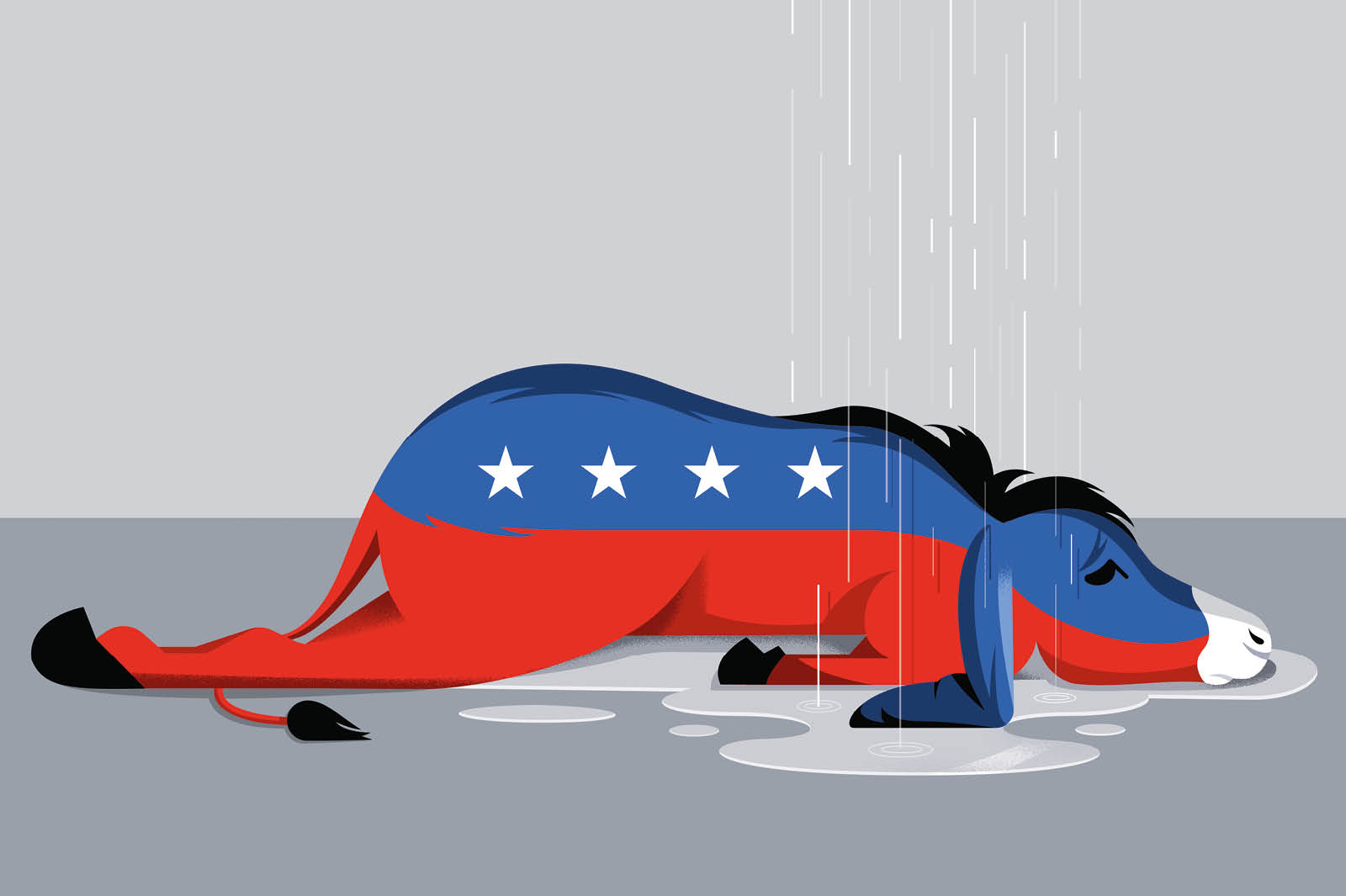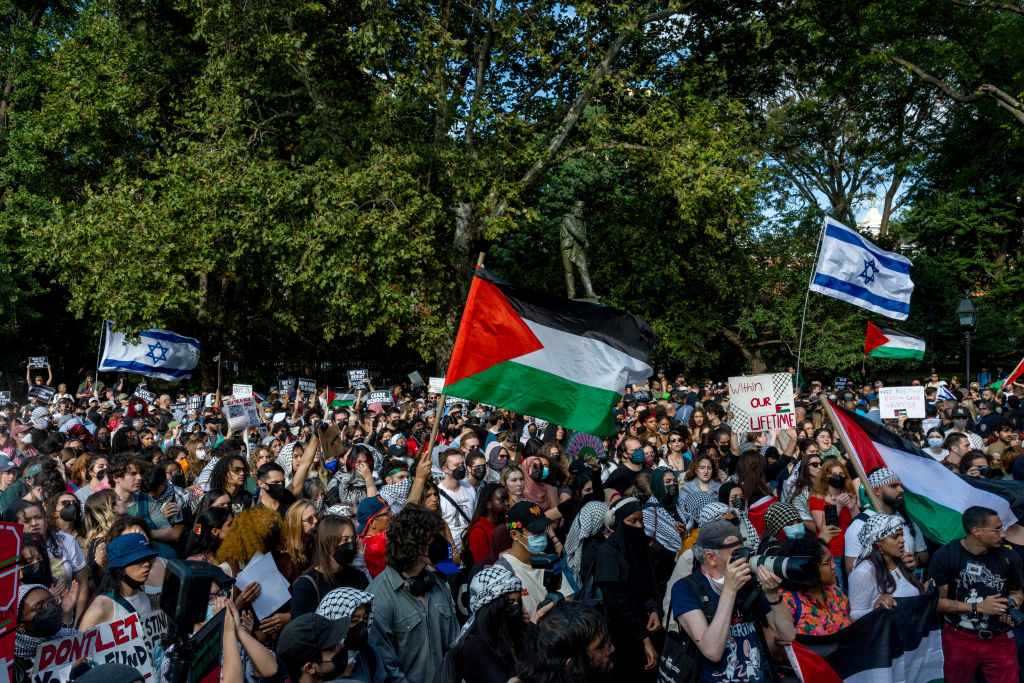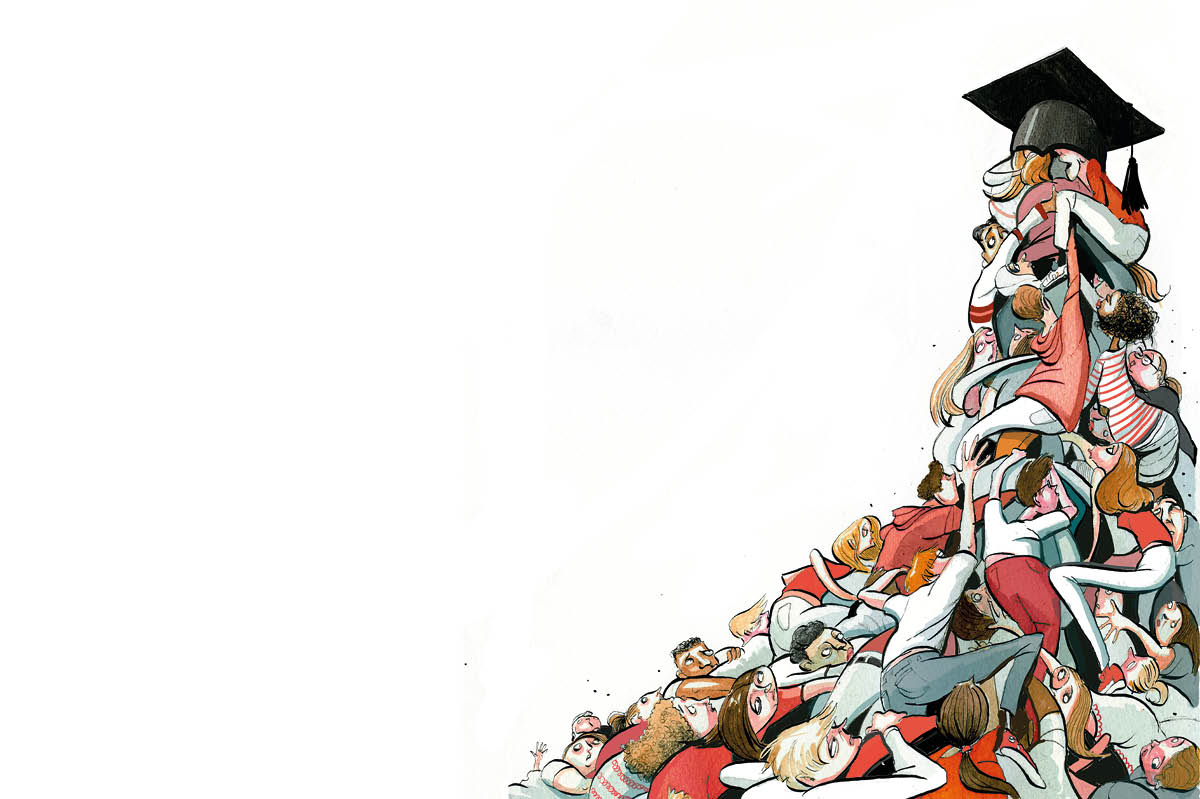This article is in
The Spectator’s December 2019 US edition. Subscribe here.
Oberlin College hit the headlines earlier this year when it lost a high-profile lawsuit against a small business. Staff and students at the liberal arts college had accused a bakery in the local town of racism and organized a boycott after an employee caught an African American student shoplifting. The owners of the bakery sued the university for defamation, infliction of emotional distress and tortious interference. Turned out, the store’s employees were completely color-blind when it came to stopping people stealing — of the 40 shoplifters arrested in the previous five years, 32 were white — and the jury found with the plaintiffs. It awarded them $11 million in compensatory damages and $33 million in punitive damages.
But that wasn’t the first time Oberlin was in the news for overzealous activism. In the fall of 2015, a Vietnamese student wrote an article for the Oberlin Review about the racial insensitivity of the college’s food-service management company which had attempted to ‘diversify’ its menus. Some students complained that the new offerings weren’t diverse enough — Oberlin’s black student union objected to the fact that fried chicken wasn’t included — while others scolded the caterer for ‘cultural appropriation’ because it had added various Asian dishes, such as banh mi, General Tso’s chicken, and chicken sushi.
Six weeks after the original piece appeared, the New York Post ran a story about the ‘ultra-liberal’ protesters (‘Students at Lena Dunham’s college offended by lack of fried chicken’) and that, in turn, was followed up by several other news outlets, including the New York Times (‘Oberlin Students Take Culture War to the Dining Hall’).
Most newspapers treated it as a lighthearted story about political correctness gone mad — although not the Times, obviously — and assumed it was symptomatic of a passing wave of far-left student radicalism that would fade as quickly as it had flared up. Other examples that fall included a protest in Yale about ‘appropriative’ Halloween costumes and a hullabaloo at UCLA after a fraternity and sorority held a ‘Kanye Western’ party in which male students dressed up as Kanye West and women as Kim Kardashian, complete with padded bottoms.
Fast-forward from there, and scarcely a month passes without a food-related scandal causing uproar on campus. For instance, there was the near riot at NYU in 2018 when a dining hall decided to celebrate Black History Month by serving barbecued ribs, corn bread, mashed yams, collard greens, red Kool-Aid and watermelon juice. After an African American student wrote an angry Facebook post about ‘the negative racial connotations’ of these items, the university president, Andrew Hamilton, issued a groveling apology, calling the menu ‘inexcusably insensitive’. The university’s food services provider explained that the idea had been dreamt up by two of the dining hall’s black employees, who’d certified the menu as 100 percent authentic. Needless to say, that wasn’t sufficient to placate the mob and the provider went on to fire the miscreants, explaining that it had ‘zero tolerance’ for employees who failed to adhere to its values of ‘diversity and inclusion’.
Looking at these brouhahas, it’s hard to decipher exactly what it is the students are protesting about. The food services company at Oberlin — the unfortunately named Bon Appétit — was damned for serving both too much diverse food and not enough. Would it have attracted fewer complaints if it had included fried chicken on its menus, along with banh mi? If the caterer at NYU had done that instead of offering barbecued ribs and collard greens to celebrate Black History Month, wouldn’t its food choices have been condemned as equally ‘inexcusable’? More generally, how can college caterers ‘diversify’ their menus and, at the same time, avoid ‘cultural appropriation’? It’s no good consulting people of color on their staff — at least, not after the episode at NYU. What black chef would dare to recommend an authentic African American dish, knowing it could lead to his immediate dismissal if a single snowflake protests?
As with so many of these social-justice jamborees, you get the feeling that what the students are really objecting to about a particular phrase or dish is not its racial connotations but its class connotations. At Oberlin, the complaint about the General Tso’s chicken dish was that the poultry wasn’t deep-fried and served with a ginger-garlic soy sauce, as it’s supposed to be, but steamed and served with a different sauce. Not too ‘appropriative’, then, but not ‘appropriative’ enough. In other words, the actual objection was that it was the kind of ‘ethnic’ dish that would be served at McDonald’s rather than the fancy restaurants these rich kids were used to. Little wonder that the catering companies’ working-class employees couldn’t provide any useful guidance.
Which points to the real shortcoming of America’s elite universities — not a lack of ethnic diversity but a lack of social diversity. As the Yale Law School professor Daniel Markovits points out in his recent book The Meritocracy Trap, across the Ivy League more students come from the top 1 percent of the income distribution than from the entire bottom half. At the 150 most selective colleges, students from the top quarter of the income distribution outnumber those in the bottom quarter by 14 to one. At the 91 most competitive, they outnumber them by 24 to one. Markovits calculates that at America’s most elite universities, 72 percent of students come from the top quarter and just three per cent from the bottom quarter.
If American colleges are going to engage in positive discrimination, it is these students who should be the beneficiaries, not spoiled, upper-middle-class students of color.
This article is in The Spectator’s December 2019 US edition. Subscribe here.



